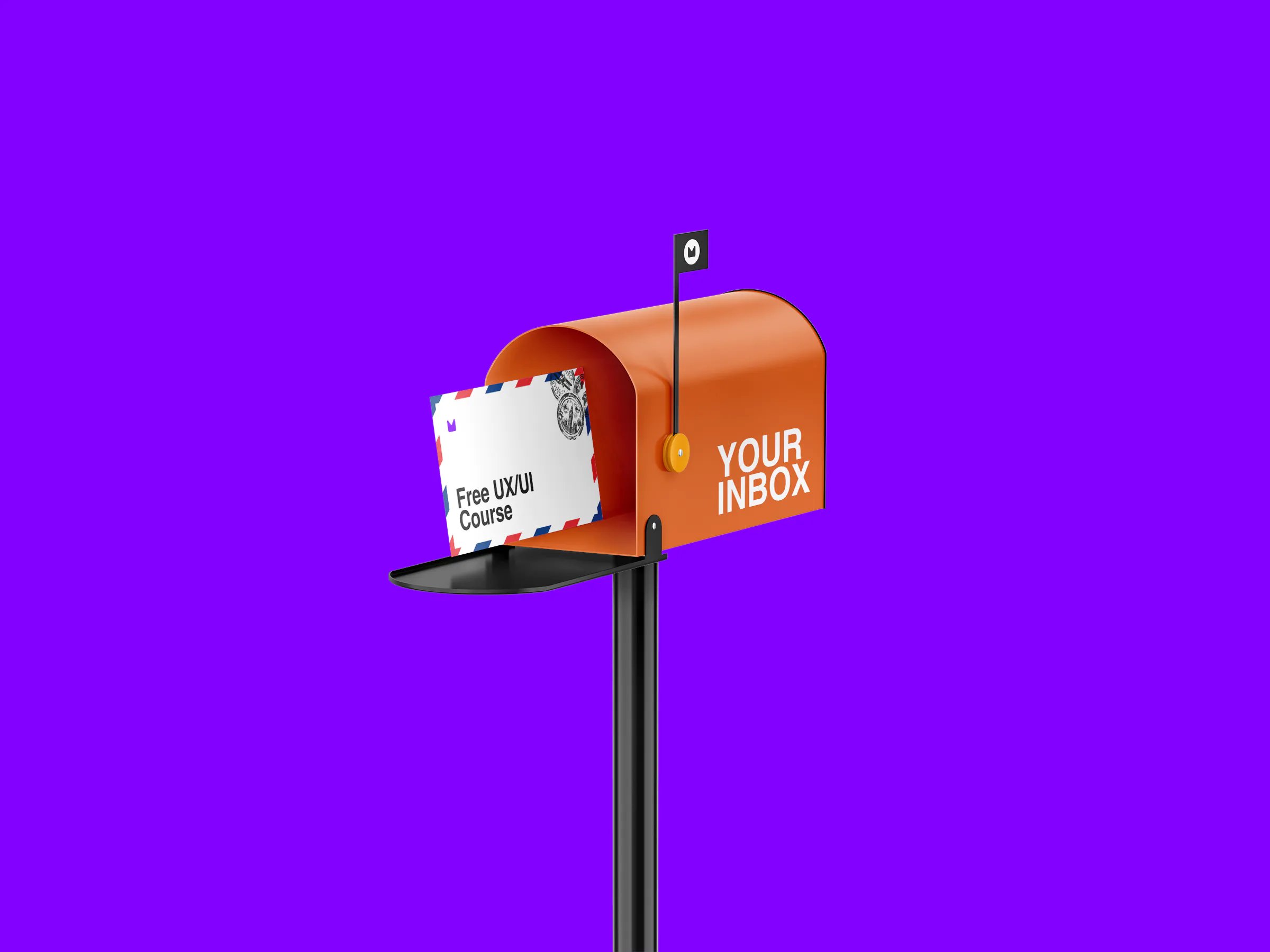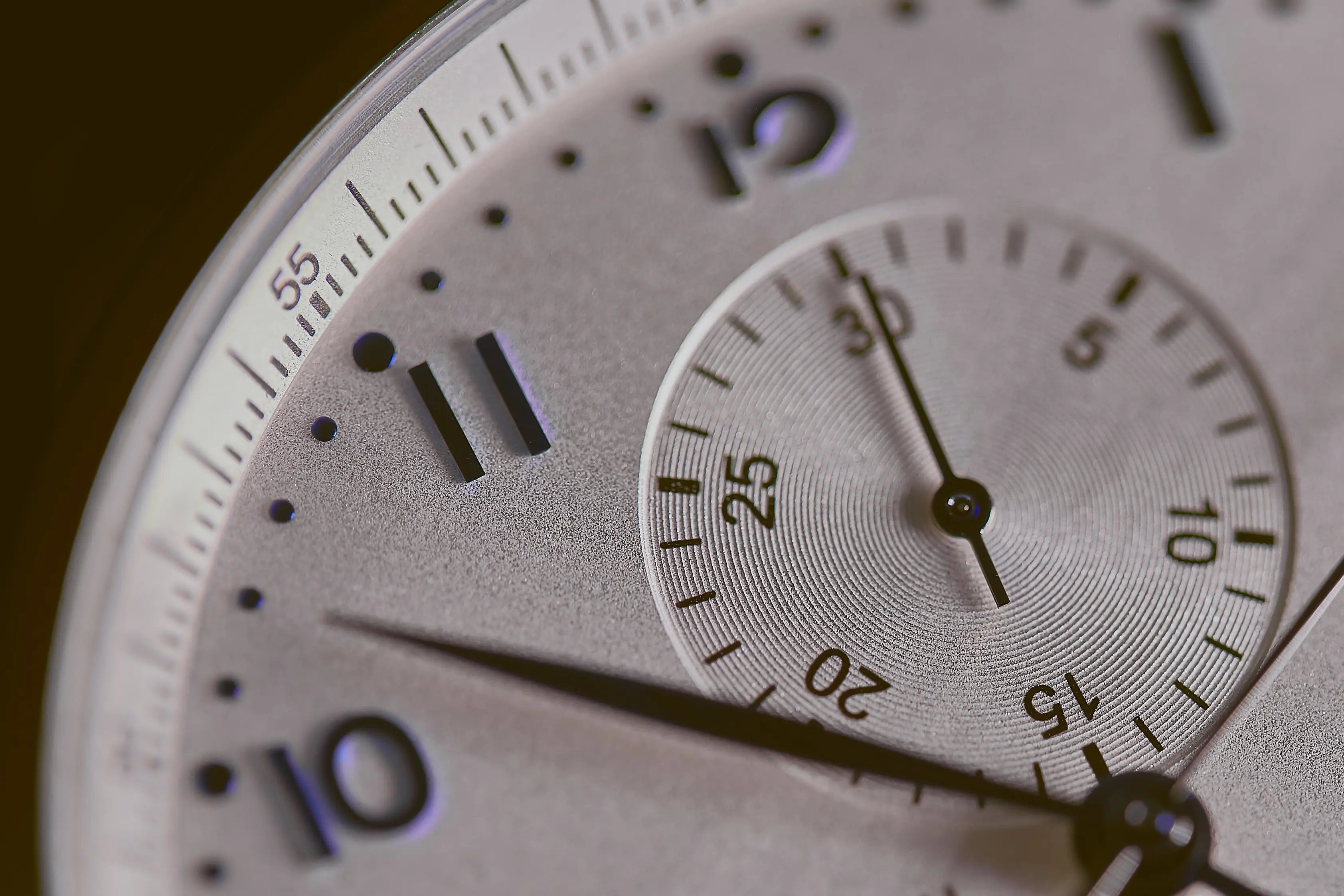

Get a Free UX/UI Course in Your Inbox Every Day for 15 Days
By the end of this three-week crash course, you'll have a much better understanding of the tech industry, the design craft, and all the knowledge you need to start building your career.

Get a Free UX/UI Course in Your Inbox Every Day for 15 Days
By the end of this three-week crash course, you'll have a much better understanding of the tech industry, the design craft, and all the knowledge you need to start building your career.

Let me start with a question: What do you think is the most sought-after skill by a hiring manager looking to onboard a Product Designer? You are probably thinking about impeccable UI skills, ravaging animations, or the ability to come up with the most incredible idea, no matter the context or the deadline. And while you are not totally wrong about this (as the skills that pertain to the craft are necessary), they are not the ones that make the difference. Some of you might have been thinking differently and arrived at soft skills like communication, teamwork, and leadership.
When looking for the best candidates, hiring managers want a good mix of skills from both buckets, but is there a perfect mix out there? What’s the recipe?
Here’s what I propose today: let’s consider three skills to be the most sought-after ones, not because they can guarantee a job in isolation, but because they shape other skills or make them more visible.

I’ve always been the type who would try new things in a restaurant before deciding what she likes to order again. Or that person who would start writing an article and publishing it immediately, not thinking about the number of claps, likes, or comments from the start. I always wanted to see where things would take me. Combined with a healthy dose of risk assessment, I was always ready to put my toe in the water and decide afterward the style of swimming I should adopt.
In a career transition, when all bets and eyes are on you, being the person with the raised hand can undoubtedly give you opportunities and trust. One of the most underrated skills is the willingness and ability to move the needle without waiting for permission. To have the courage to move things forward, to do the right thing, without hiding behind the wall of approvals, permissions, or specific asks and KPIs. This shows passion for the field, courage, accountability, and energy, traits a lot of Design managers or clients are looking for.
If you’ve never been told by a mentor or boss to “ask for forgiveness, not permission,” then you’ve been done a disservice. I was lucky enough to hear this, which aligned perfectly with my understanding of life and work.
Putting yourself there, trying something, anything, left me surprised to see that most of the time, all my worries were for nothing. Sending a letter to the company I wanted to work for resulted in a friendly reply and me landing in their database; putting my work out there was met with great feedback, and asking for time and taking the time to focus on something specifically actually paid off.
Never underestimate the power of iteration. Whether it helps you unleash your creativity or shows you the way to the best solution, the ability to avoid being stuck with your first idea is crucial. Designers should shift away from the “one big launch mentality” and focus on improving their daily work.
Sharing your work in stages and as much as possible allows you to adjust the strategy in a more helpful way, receive valuable feedback and insights and overall deliver a better final product. It can also help identify potential issues or gaps in understanding early in the process instead of sitting on them.

You just learned something or finished a project, and all you want to do is to move on. Close the laptop and embrace what’s next. But it would do a significant disservice to move on from something without taking inventory of what went wrong, what went right, and what you would change in the future.
“Those who don’t learn from history tend to repeat it” is a well-known saying which can also be applied to design. So how can we remain connected to our thoughts, learn from our mistakes and make better decisions?
We all hear the UX industry is saturated. The first months of learning are dominated by insecurities, imposter syndrome, and an insatiable habit of applying to dozens of jobs, saying yes to everything, and hoping that one day, you’ll be lucky enough to get that job. This path is different for everyone; priorities and needs will vary, as well as the roles or industries tackled. But from my experience, as long as you put yourself out there, keep your curiosity alive and use self-awareness to keep yourself grounded and make better decisions, you will find yourself designing for an actual project sooner than you think.